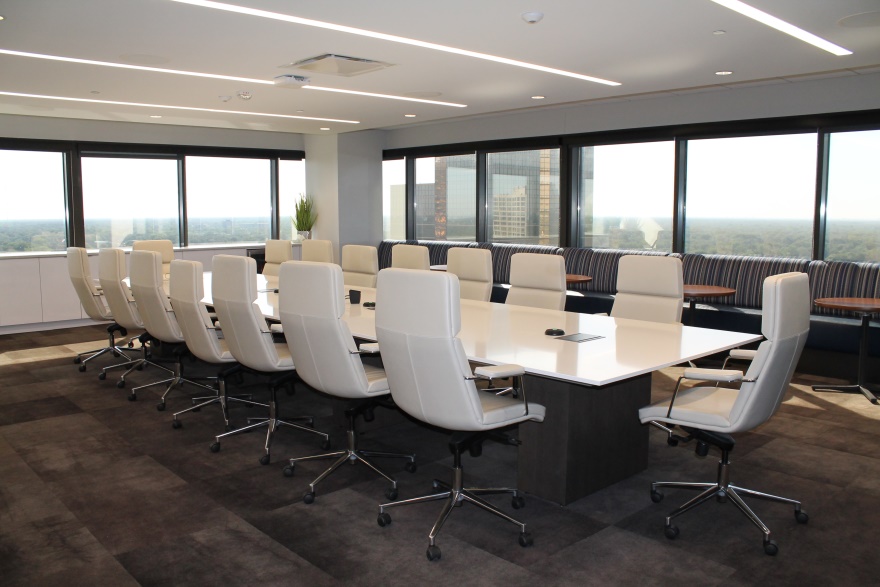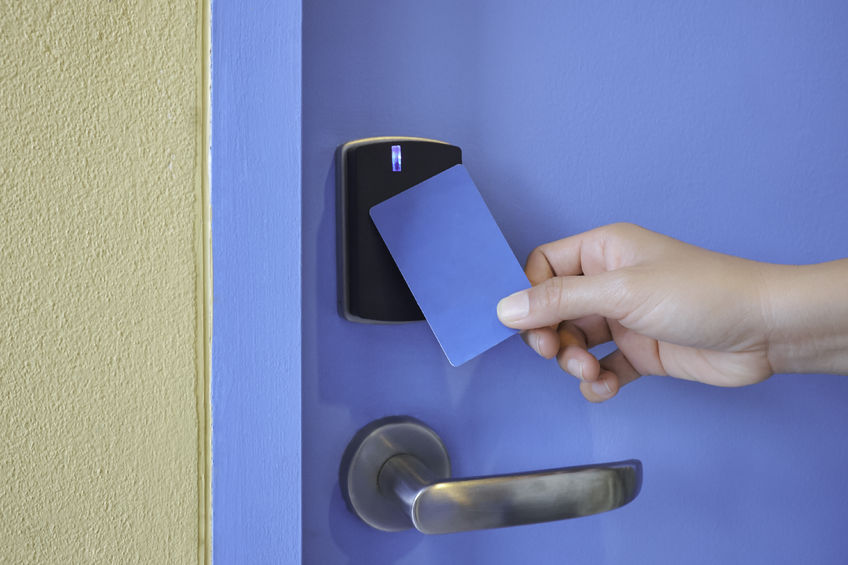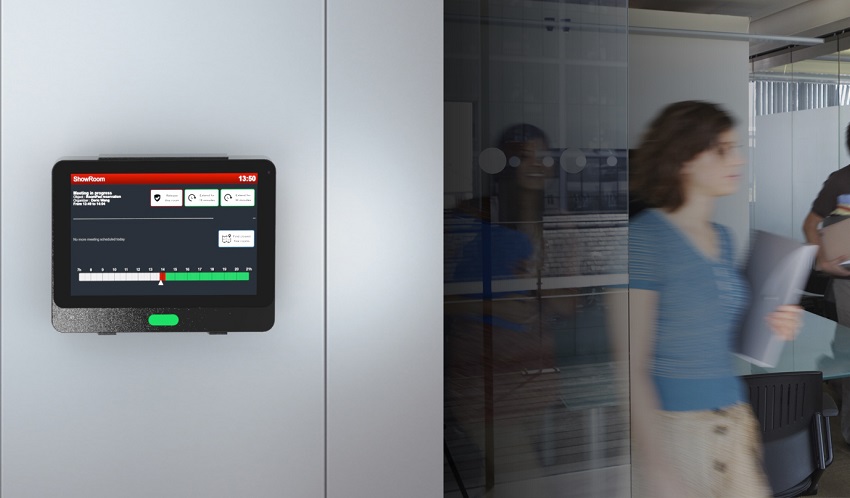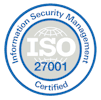Effective meetings play a crucial role in fostering collaboration, making decisions, and driving organizational success. However, it’s not uncommon to encounter issues related to the utilization of meeting rooms.
We have all experienced situations where we have had to reserve a room for an important meeting with a partner only to find that it is being occupied by a previous meeting that was extended.
According to a report, meeting room conflicts cost businesses an average of $1.1 million per year. This is because employees have to reschedule meetings or find alternative meeting spaces when their preferred rooms are not available.
If you are a facility manager or a receptionist, managing these rooms, you would have also experienced inconsiderate users who fail to switch off the lights and air-conditioners and leave the projector on while rushing off for another meeting.
All these small teething issues lead to tremendous frustration, grief, and embarrassment while causing companies millions in wasted dollars.
Case Study
Last week, I received a call from a large hedge fund company that manages millions of dollars in assets under management. Their secretary had reached her wit’s end by having to juggle phone calls, senior management tasks, and staff inquiries while at the same time, coordinating meeting rooms.
Their Cloud-based calendaring system performed a decent job with some basic reservations but fell far short in terms of checking for double bookings or conflicts.
When I arrived at the reception, the secretary walked me to the designated meeting room only to find that it was occupied by some senior partners.
I asked her how she normally reserves meeting rooms. She replied with a sense of frustration, “Oh. we use sticky notes and paste them outside the rooms.” As she spoke, she looked at the floor where a yellow sticky note had flown under the flowerpot.
Meeting rooms are a scarce resource. There is always demand for popular meeting rooms in the office. With more and more people working together in a collaborative environment, people need to quickly come together to discuss ideas and plan and strategize.
Effective utilization of meeting rooms comes from a combination of policies, technology, and enforcement. Either one by itself may not prove very useful, but a combination of these can effectively ensure optimal use of meeting rooms.
Put In Place Effective Policies
Organizations plan and set policies. These include do’s and don’t’s of usage of facilities. An effective policy can bring discipline in using and managing meeting rooms.
Some key aspects of policy should include:
- Operating timings and dates of rooms
- Access rights and boundaries of facility usage
- Quota of usage
- Penalty in terms of monetary or non-monetary consequences
- Booking, cancellation, and transfer policies
- Set up/tear-down, catering, help desk, and Facility usage policies
- Strict discipline in terms of meeting timings and agenda setting
The challenge in bringing in strict policies is that organizations have to consider a lot of aspects such as environmental, cultural, and office politics. But, this can be the most effective form of enforcement of efficient room usage if adhered to strictly. Strict policies can also help in the next area of control, which is technology.
Bring New Meeting Room Technologies
Technology (both hardware and software) can ensure that policies and necessary business rules are in place. Common business rules that can apply are:
- Timeslots and availability restrictions of rooms
- Charges for booking and cancellation
- Reminder to confirm bookings
- Ease of cancellation when bookings are no longer needed
- Reports on cancellation frequency
You need to put automation technology in place to further control usage. Today, most sensors are quite affordable to allow facilities to implement them in the rooms. With sensors, you can determine if and when the users are meeting and how to control the meeting when the sensors detect no presence or activity.
You can use various tools like proximity and motion sensors in a non-intrusive way to detect meeting room usage.
Other areas can be – integration with card scanning devices, QR-code-based booking confirmation or cancellation that makes it easy for users to react to meeting needs, and display panel-based controls that give better control of meeting rooms.
Enforcement through Automation or Manual Eye-Keeping
Enforcement is the policing of the meeting rooms through physical as well as technological means. This is by far the most difficult aspect to control when it comes to maximizing usage.
Enforcement is a very touchy area that should take into consideration existing culture, politics, and other such aspects. Any policy is ineffective without the proper dissemination of the information and its strict enforcement.
Strict enforcement is impossible without buy-in from the executive management. You have to convince the executive management about the impact of poor utilisation of meeting rooms. It is not possible to embrace available technology without their support.
You can inform users about policies by printing and pasting them on the walls of the meeting rooms. Another option is to ask them to click on an ‘Agree to terms & conditions’ section before confirming a booking.
Also, using technology, users can be provided with an avenue to confirm or release/cancel a booking. These can be accomplished through reminder notifications or automated business rules enforcement such as auto cancellation if not confirmed within a fixed duration.
Physical enforcement may include walkabouts, spot checks, and other means of reporting inappropriate usage by facilities or security staff. If need be, key persons who are responsible for meeting rooms in their buildings or floors can be tasked with the responsibility of ensuring enforcement.
No-Shows, which allow users to report non-usage have also become popular. This eliminates the need for walk-about or spot checks by the facilities team as vigilance and control are disseminated to the staff.
Wrapping Up
In conclusion, effectively managing facilities software alone will not help. It requires a combination of policies, education as well as enforcement to ensure that their usage is optimal, fair, and efficient.
Proper utilization of meeting rooms can save organizations millions of dollars every year. And the next time a visitor comes to the hedge fund office, the secretary will not be embarrassed by the primitive use of sticky notes to reserve meeting rooms.





